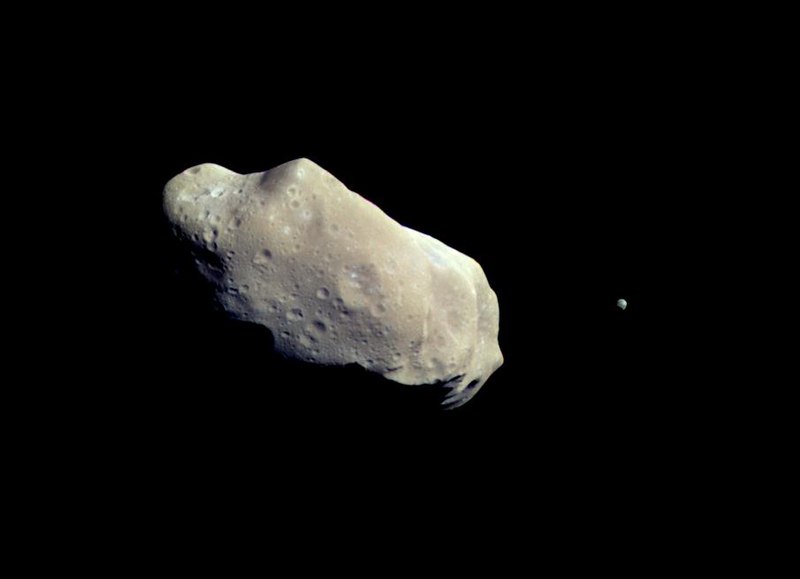Datei:243 ida.jpg

Gress dea Voaschau: 800 × 579 Pixel Weitere Auflésungan: 320 × 232 Pixel | 640 × 463 Pixel | 905 × 655 Pixel.
Version in hechara Auflesung (905 × 655 Pixel, Dateigress: 20 KB, MIME-Typ: image/jpeg)
Dateiversiona
Wensd auf an Zeitpunkt klickst, nacha konst a friaane Version lodn.
| Version vom | Vorschaubuidl | Dimensióna | Nutzer | Kommentar | |
|---|---|---|---|---|---|
| aktuell | 16:59, 10. Sep. 2022 |  | 905 × 655 (20 KB) | BevinKacon | Reverted to version as of 10:44, 30 January 2006 (UTC) the NASA page clearly states original resolution as Product Size: 905 x 655 pixels (w x h) |
| 11:42, 23. Jul. 2020 |  | 679 × 491 (12 KB) | Leonel Sohns | Recovered old version from archive.org | |
| 20:55, 24. Apr. 2019 |  | 718 × 520 (65 KB) | FriedrichKieferer | Better quality. | |
| 13:46, 11. Aug. 2013 |  | 718 × 520 (17 KB) | Soerfm | Crop | |
| 12:44, 30. Jén. 2006 |  | 905 × 655 (20 KB) | Arnomane | better resolution | |
| 21:52, 1. Few. 2005 |  | 679 × 491 (12 KB) | Svdmolen | NASA image of 243 Ida and Dactyl. - NASA {{PD}} |
Dateivawendung
Seitn wo de Datei nutzn:
Globale Dateinutzung
D'noochéfóiganden åndern Wikis vawénden dé Datei:
- Vawendung af af.wikipedia.org
- Vawendung af af.wiktionary.org
- Vawendung af als.wikipedia.org
- Vawendung af am.wikipedia.org
- Vawendung af an.wikipedia.org
- Vawendung af ar.wikipedia.org
- Vawendung af ast.wikipedia.org
- Vawendung af az.wikipedia.org
- Vawendung af bat-smg.wikipedia.org
- Vawendung af bcl.wikipedia.org
- Vawendung af be-tarask.wikipedia.org
- Vawendung af beta.wikiversity.org
- Vawendung af be.wikipedia.org
- Vawendung af bg.wikipedia.org
- Vawendung af bjn.wikipedia.org
- Vawendung af bn.wikipedia.org
- Vawendung af bo.wikipedia.org
- Vawendung af br.wikipedia.org
- Vawendung af bs.wikipedia.org
- Vawendung af ca.wikipedia.org
- Vawendung af ckb.wikipedia.org
- Vawendung af cs.wikipedia.org
Weitere globale Verwendungen dieser Datei anschauen.

